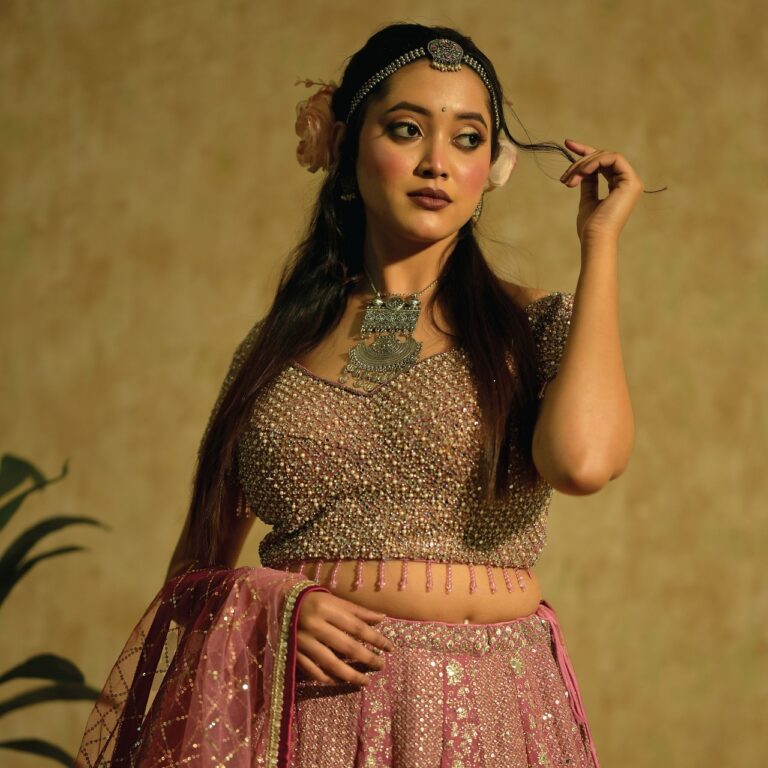Pattern Making for Sustainable Harajuku Fashion: Eco-Friendly Design Solutions: 11xplay id, India24bet 24, Skyfair vip login
11xplay id, india24bet 24, skyfair vip login: Pattern Making for Sustainable Harajuku Fashion: Eco-Friendly Design Solutions
Harajuku fashion is known for its bold and creative designs that often incorporate bright colors, eclectic patterns, and unique silhouettes. However, the fashion industry as a whole has a significant impact on the environment, from the use of harmful chemicals in production to the excess waste generated by fast fashion. As consumers become more conscious of the environmental impact of their purchases, there is a growing demand for sustainable fashion options. In this article, we will explore how pattern making can be used to create eco-friendly designs in the world of Harajuku fashion.
1. Sustainable Fabrics: One of the key components of sustainable fashion is the use of eco-friendly fabrics. When creating patterns for Harajuku fashion designs, consider using fabrics made from recycled materials, organic cotton, bamboo, or hemp. These materials are not only better for the environment but can also be of higher quality and more comfortable to wear.
2. Zero Waste Design: Traditional pattern making techniques often result in excess fabric waste. By incorporating zero waste design principles into your patterns, you can minimize waste and create more sustainable garments. This may include using geometric shapes that fit together like a puzzle to maximize fabric usage or designing garments with modular components that can be easily repaired or repurposed.
3. Upcycling: Another sustainable design solution is to upcycle existing garments or fabrics to create new pieces. When designing patterns for upcycled fashion, consider how you can incorporate existing seams, buttons, or embellishments into your designs. This not only reduces waste but also adds a unique touch to your creations.
4. Digital Pattern Making: Traditional pattern making often involves creating paper patterns that are then used to cut fabric. However, digital pattern making allows for more precision and efficiency, reducing the potential for errors and waste. By using computer-aided design (CAD) software, designers can create and adjust patterns quickly and easily, leading to more sustainable production processes.
5. Local Production: By producing garments locally, designers can reduce their carbon footprint and support the local economy. When creating patterns for Harajuku fashion designs, consider working with local manufacturers and artisans who prioritize sustainability and ethical production practices.
6. Community Collaboration: Sustainable fashion is not just about the materials and production processes; it also involves building a community around conscious consumption. Consider collaborating with other designers, artists, and activists to promote sustainable fashion practices and raise awareness about environmental issues within the Harajuku fashion community.
FAQs:
Q: Is sustainable fashion more expensive?
A: While sustainable fashion may have a higher upfront cost due to the use of eco-friendly materials and ethical production practices, it is often more durable and of higher quality, ultimately providing better value for your investment.
Q: How can consumers support sustainable Harajuku fashion?
A: Consumers can support sustainable Harajuku fashion by choosing to purchase from brands that prioritize sustainability, investing in high-quality pieces that will last longer, and advocating for more transparency and accountability within the fashion industry.
Q: What are some resources for learning more about sustainable fashion?
A: There are many online resources, books, and courses available for those interested in learning more about sustainable fashion, including organizations like Fashion Revolution and publications like Ecotextile News.
In conclusion, pattern making plays a crucial role in creating sustainable Harajuku fashion designs. By incorporating eco-friendly materials, zero waste design principles, and digital production processes, designers can create unique and environmentally conscious garments that resonate with the values of the modern consumer. Let’s work together to make Harajuku fashion more sustainable and stylish for future generations.







